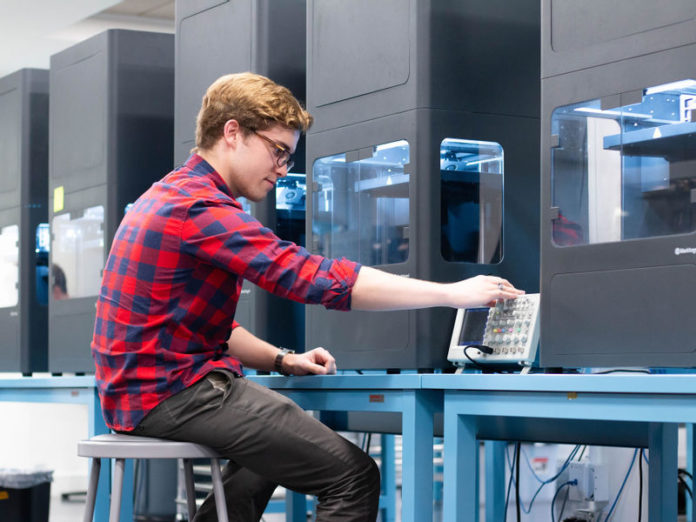AMPC to investigate the potential of AM in meat processing facilities.
We are so used to talk about 3D printed meat in the food 3D printing industry that it’s “funny” to read that those producers might actually leverage 3D printing for something else.
That’s the case of the Australian Meat Processor Corporation (AMPC) that will be implementing a 3D printing service model to help red meat processors across Australia to print equipment parts, ensure equipment maintenance as well as continuous supply of meat products.
AMPC is a Rural Research and Development Corporation that supports the red meat processing industry throughout Australia. Their mission consists in providing research, development and extension services that improve sustainability and efficiency of the sector.
As part of this project, the AMPC team will work with 3D printer manufacturer Markforged and provider of technology solutions Konica Minolta.
In a high-volume environment like a processing plant, parts such as bolts and rollers can wear or break. As in any industry, time is money, and if a part fails the result is lost productivity and expensive down-time until the part is sourced and replaced. With 3D printing, the industry can benefit from part replacement, creation, and refinement.
Chris Taylor, CEO, Australian Meat Processor Corporation, said, “Meat processors rely on a multitude of equipment, with multiple components. Even a small component failure can be a costly exercise. The ability to simply print a replacement part could drastically reduce downtime and minimise the need to wait for parts, reducing the chance of supply being at risk.”
The collaboration between the Australian Meat Processor Corporation, Konica Minolta and MarkForged involves a three-year, multifaceted program so that these benefits can be realised at meat processing plants across Australia. The program will see two mobile non-metal industrial 3D printers (Markforged X7 carbon fiber 3D printers) shipped to Australian processing plants. Processing staff will be trained to use them so they can assess whether buying a permanent unit would be a good investment. The units will remain on site for four to eight weeks before rotating to another plant. These units can create pre-metal prototypes for assessment as well as producing non-metal parts. Konica Minolta will provide on-site support to help meat processors understand and leverage the technology.
Richard Elving, Director of Sales Asia-Pacific, Markforged, said, “We are very excited about bringing Markforged’s Digital Forge to AMPC and AMPC’s members to support maintenance, repair and operation needs. Supply chain issues can be costly and time-sensitive, and with these tools in place, AMPC will provide a competitive advantage to its members that enables processing facilities to react quickly to solve problems right on the manufacturing floor.”
With the ability to rapid prototype with 3D printing and produce one-off 3D parts, meat processors will also be able to modify equipment and/or equipment components to suit their own specific needs by making changes to tooling, fixtures, brackets, and actuators. Currently many of these modifications, customisations, and consolidations simply cannot be done.
Chris Taylor said, “The processing sector is part of an ecosystem that performs best when all parts are optimised. Although established and dedicated for Australian red meat processors, AMPC will make the 3D printing hub available for other Australian food, agriculture, and manufacturing sectors to evaluate their needs and opportunities for 3D printing within their supply chains.”
Remember, you can post job opportunities in the AM Industry on 3D ADEPT Media free of charge or look for a job via our job board. Make sure to follow us on our social networks and subscribe to our weekly newsletter : Facebook, Twitter, LinkedIn & Instagram ! If you want to be featured in the next issue of our digital magazine or if you hear a story that needs to be heard, make sure to send it to contact@3dadept.com






